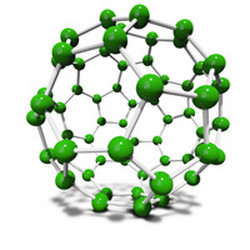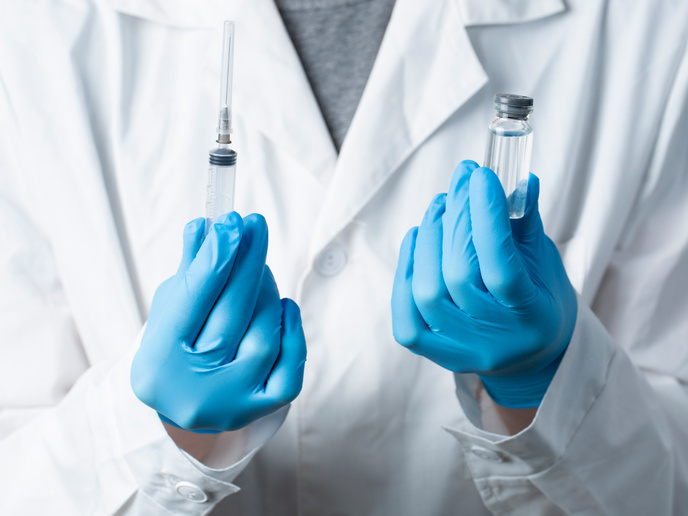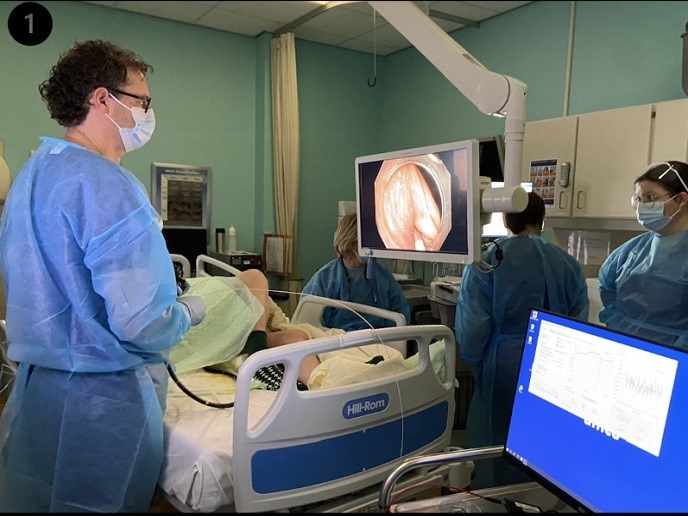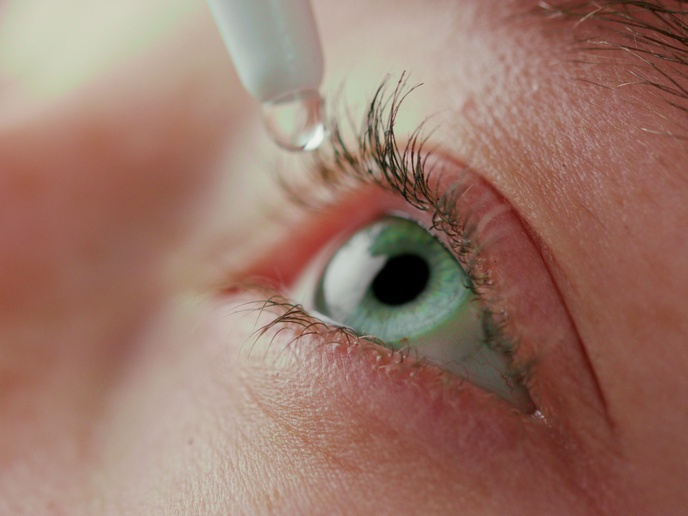Small particles with major impact
Nanoparticles can be functionalised in numerous ways for virtually limitless potential applications. Modifications can increase their biocompatibility, their ability to be recognised and bound by target biological molecules, their fluorescence or their ability to deliver drugs. They can also include combinations of all these functionalities. EU-funded scientists conducted comprehensive studies into the many capabilities nanoparticles offer for biomedicine within the context of the project 'Nanoparticle development for molecular imaging and drug delivery' (NANOMEDICINE/IMAGING). The focus was on molecular imaging, probing brain function, drug delivery and virus detection/inhibition. Development of novel linker ligands and the use of magnetic particles generated clusters of nanoparticles. The team is optimising techniques now with a focus on magnetic cores to create clusters small and stable enough to be utilised in molecular imaging. Using fluorescent proteins instead of nanoparticles to probe interactions between signalling proteins in the brain has had major impact on scientific discovery. Previous studies used higher, less effective levels and forms of copper. The team demonstrated quite different changes in localisation of a cell-surface protein whose misfolding is responsible for Creutzfeldt–Jakob disease. This is a rare degenerative brain disease that is incurable and invariably fatal. Glycosylation (addition of carbohydrates or sugars) is widely used in nature to functionalise molecules for recognition and cell signalling. Researchers are exploiting nanoparticles functionalised with surface carbohydrates in two ways. Combined with a photo-cleavable linker molecule (the molecule is released or cleaved by exposure to light), the nanoparticels can be used for drug delivery. Work is ongoing. Research to develop glycosylated nanoparticles for virus detection and inhibition has shown a difference in activity of glucose-coated versus galactose-coated nanoparticles. The two-year NANOMEDICINE/IMAGING project made impressive progress in the development and application of functionalised nanoparticles. The field is growing exponentially and the EU is playing an important role, ensuring a competitive position in a huge global market.







